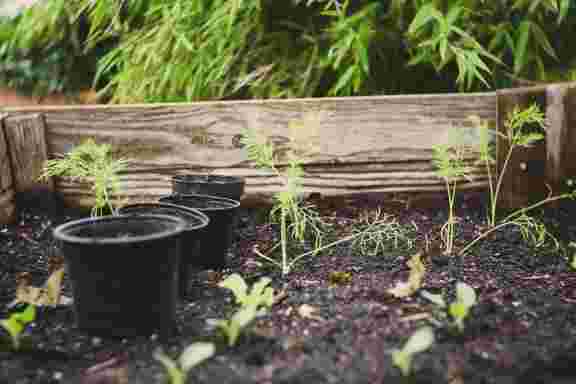


Plant growth regulators guide plant development, improving yield, stress tolerance, and efficiency without replacing nutrients or pesticides.
Growth regulators are naturally occurring or artificially synthesised organic substances that affect the physiological processes of plants. PGRs adjust internal plant processes, as opposed to macronutrients or irrigation, which affect external growth circumstances.
They are active in minimal concentrations and work by influencing plant hormones such as:
By modifying the balance of these hormones, PGRs guide how a plant grows, when it flowers, how it allocates energy, and how it copes with unfavourable conditions.
The true power of growth regulators is not in forcing plants to grow faster—it’s in helping them grow smarter. Whether the goal is stronger roots, uniform flowering, more efficient nutrient use, or higher fruit set, growth regulators can shift the plant’s internal priorities to achieve better outcomes.
Let’s consider how they play a role across different phases of plant growth:
When you buy Chamatkar Growth Regulator, you’re accessing a product designed to trigger these kinds of optimised responses. It enhances plant metabolism, promotes flower-to-fruit conversion, and balances vegetative and reproductive growth, particularly in crops such as cotton, soybeans, pulses, and vegetables. By helping plants better allocate their internal resources, such products enable farmers to achieve higher returns on the exact input costs.
What’s happening inside the plant when a growth regulator is applied? The answer depends on the specific regulator and the crop’s stage, but here are some standard mechanisms:
These internal shifts are often invisible at first but lead to clear, measurable differences in yield, quality, and crop consistency by the time of harvest.
“Growth is not about size—it’s about direction. A plant that knows where to go grows with more purpose, less waste, and greater return.”
Unregulated cotton growth results in excessive vegetative mass, which reduces airflow and delays boll formation. Growth regulators improve plant shape, encourage earlier fruit set, and increase boll retention by over 20% in field trials.
Many legume crops suffer from flower drop due to heat or nutrient stress. Regulating hormonal balance during flowering can increase pod numbers and improve uniformity in maturity, thereby simplifying the harvest process.
Excess leaf growth limits light exposure to fruits and invites disease. With controlled growth, plants remain open and well-lit, which improves fruit color, size, and firmness.
Balanced shoot development ensures better fruit exposure and reduces cluster rot. Growth regulators help develop tighter internodes and reduce unwanted secondary growth.
Farmers continually seek ways to increase productivity without incurring additional costs. Growth regulators do this by making better use of what’s already applied:
This efficiency helps in both high-tech and low-input farming systems, and supports sustainability goals by reducing the need for repeated chemical or water applications.
Can I apply them with pesticides?
In many cases, yes—but always perform a compatibility test with the jar first and consult the product labels.
